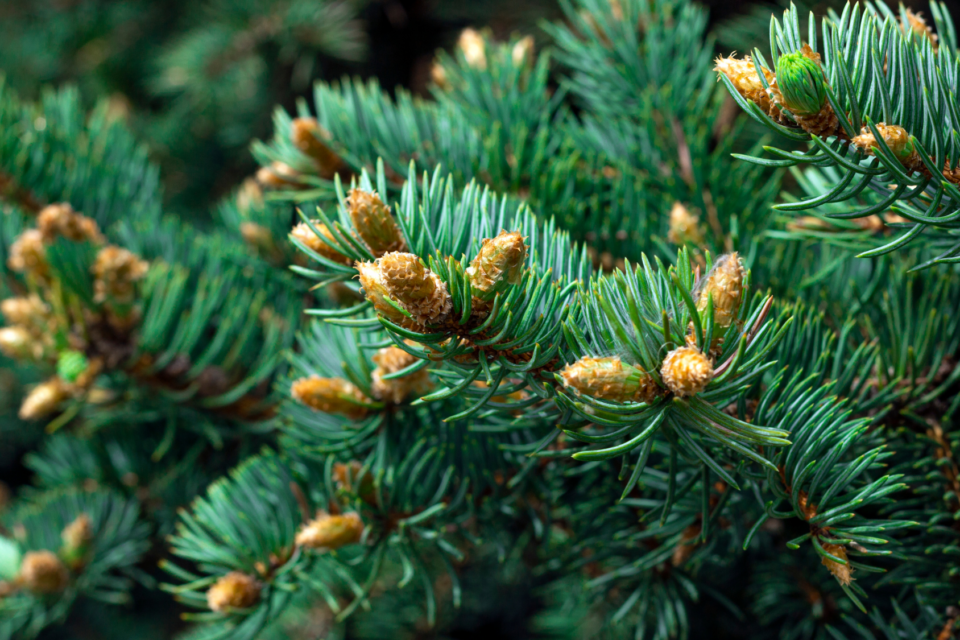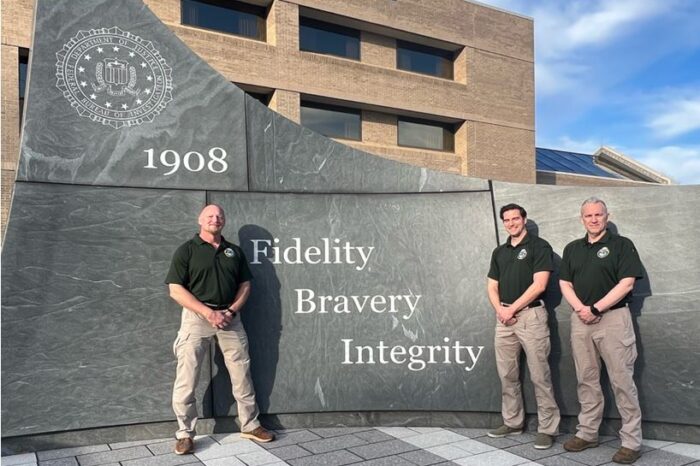Cheyenne Urban Forestry Suggests Checking Your Spruce Trees

Cheyenne Urban Forestry Division along with local arborists are continuing to observe an uptick in the number of dead and dying spruce trees in Cheyenne. This is the result of the Spruce Ips Beetle.
This current beetle infestation was first identified in Cheyenne about six to seven years ago and has shown no signs of slowing down. This beetle only infests spruce trees such as Colorado Blue Spruce, Black Hills Spruce, and Engelmann Spruce. Other evergreens such as pine, juniper, and fir trees are not affected.
Homeowners should be on the lookout for the tell-tale signs and symptoms of a beetle attack, which include red needles or loss of needles in the top of the tree, small round holes in the branches and trunk, and tunneling galleries beneath the bark.
Once Ips beetles are detected, damage to the tree is usually too extensive to warrant efforts to save the tree. Instead, tree removal is generally the best option. After removal, care must be taken to prevent the spread of beetles from infested wood to living trees. Infested spruce wood with Ips beetle larvae has the potential to infest live trees in the spring.
Therefore, infested wood which can include larger branches and trunk sections should be chipped, debarked, burned over the winter, hauled to a remote location that is at least one mile from any living spruce trees, or hauled to the City Compost Facility (trunk sections larger than 12 inches in diameter are not accepted).
Homeowners with spruce trees, especially older or stressed trees, may consider hiring an arborist to spray a preventative insecticide to the trunk and larger branches to prevent Ips infestations. Be sure the arborist has the proper equipment to apply the insecticide to the very top of the tree. Two insecticide treatments, one in early spring and one in mid-summer, are generally recommended since Ips beetles have multiple generations per year. Trunk injections may be considered, although research to support their effectiveness is still ongoing.
There are also steps homeowners can take to maintain healthy trees, which are less likely to be attacked by beetles, these include:
- Slowly water the area from the trunk to the end of the branches once per month during the winter and every 7-10 days during the summer and fall at a rate of 10 gallons per inch of stem diameter.
- Mulch around the base of trees with wood chips or bark to a depth of 2-4 inches (especially important for young trees).
For more information or to download the list of licensed arborists in Cheyenne, go to www.cheyennetrees.com.


